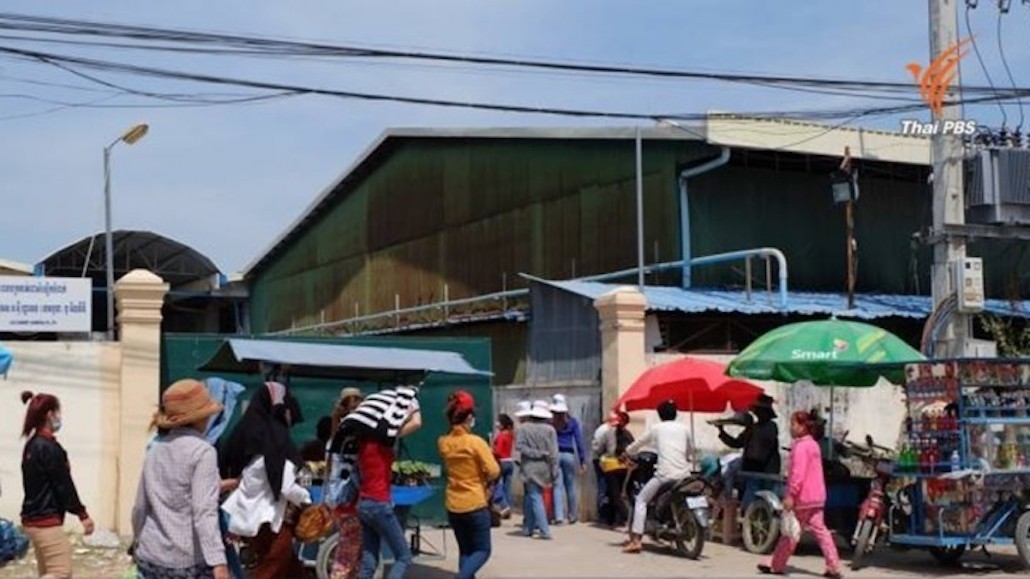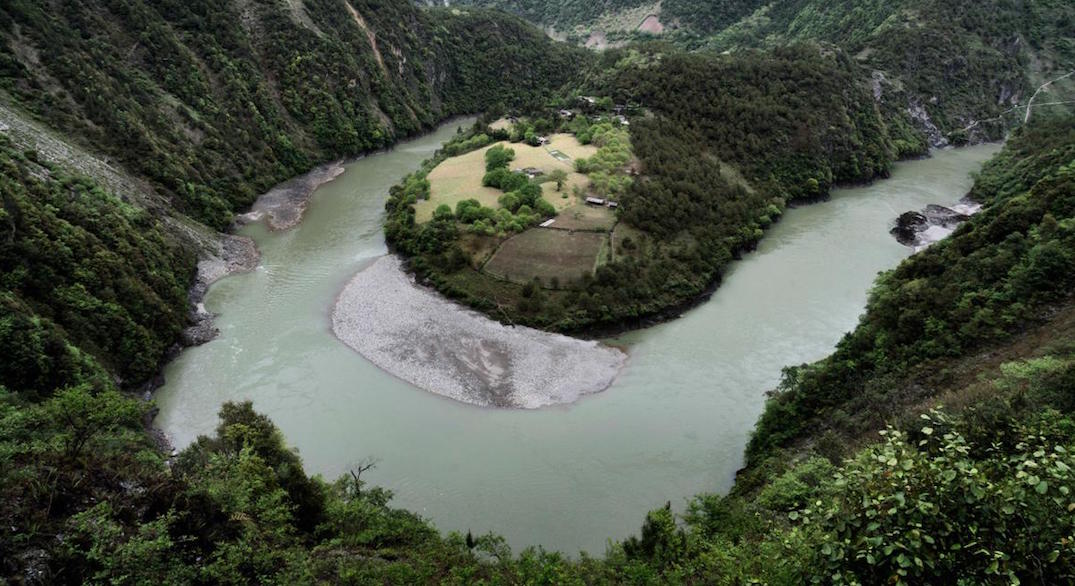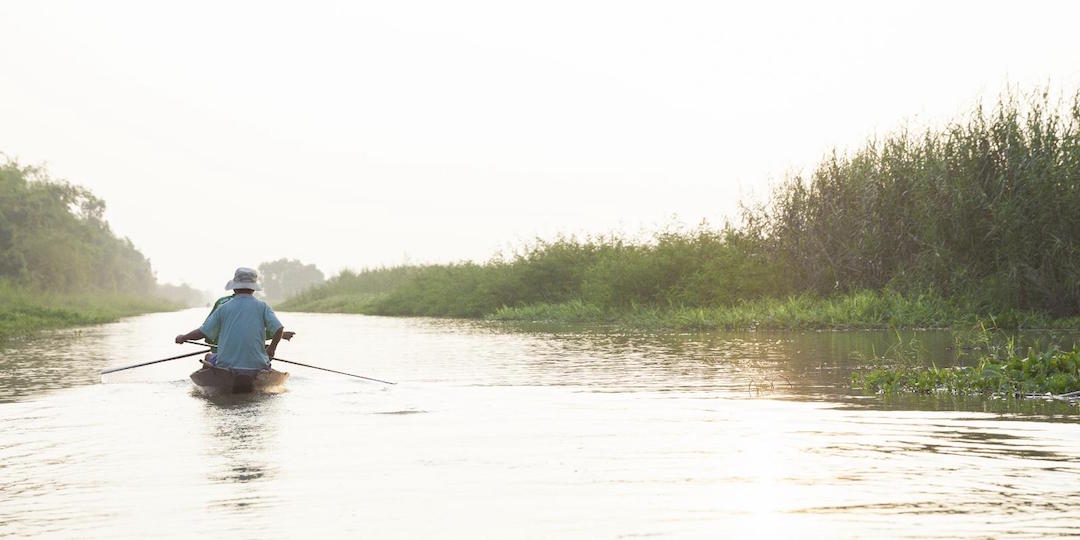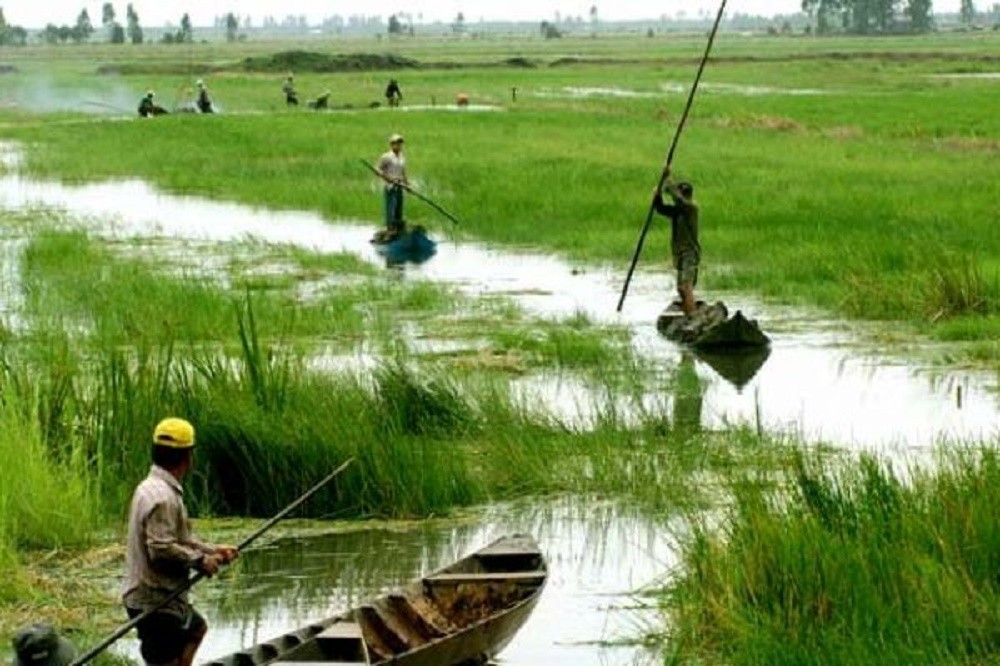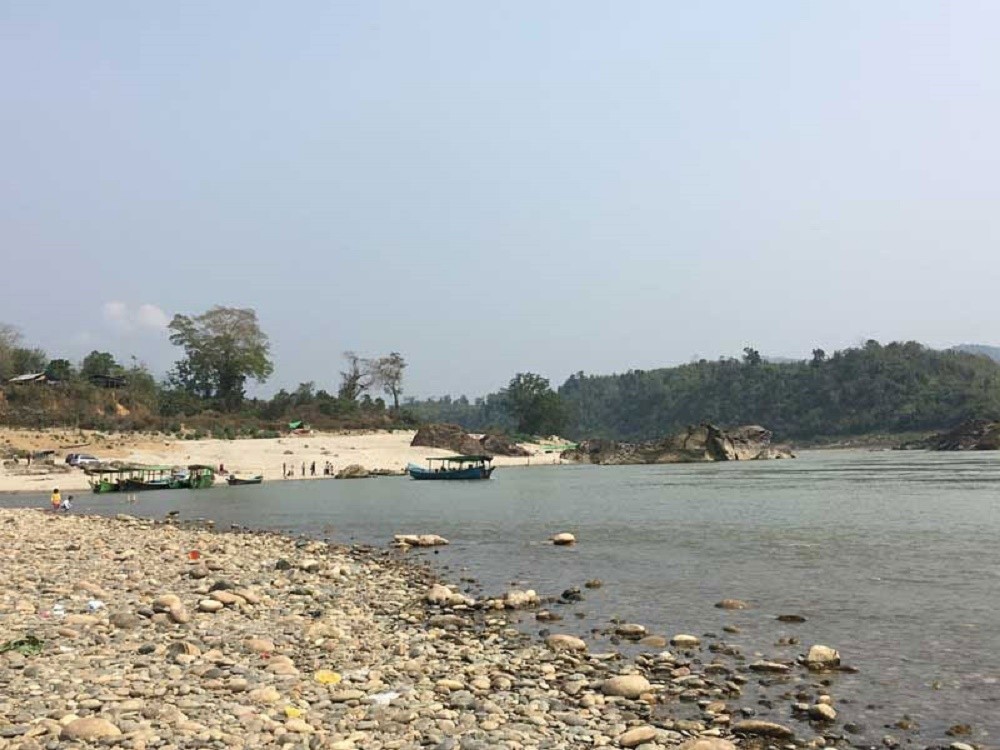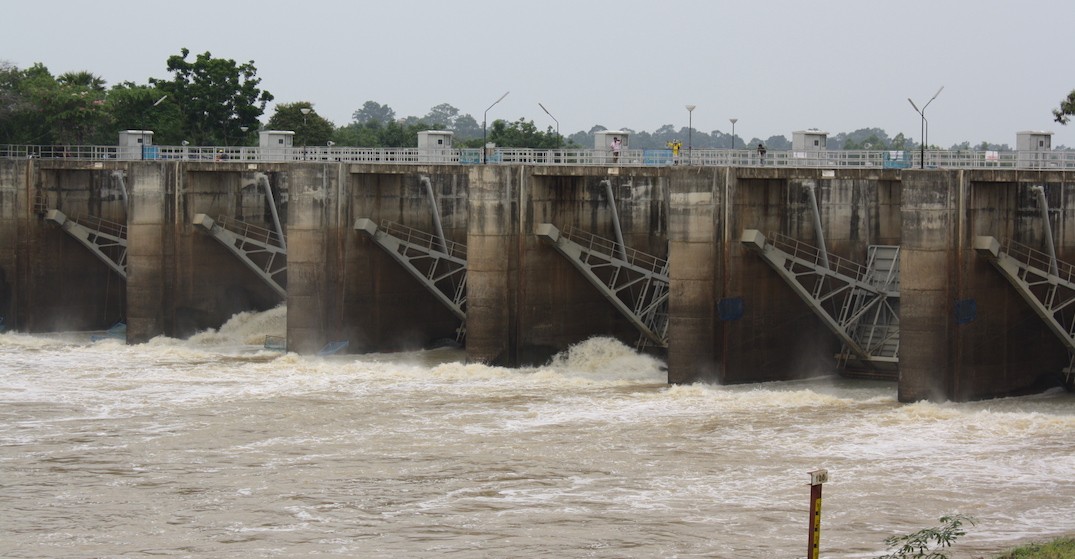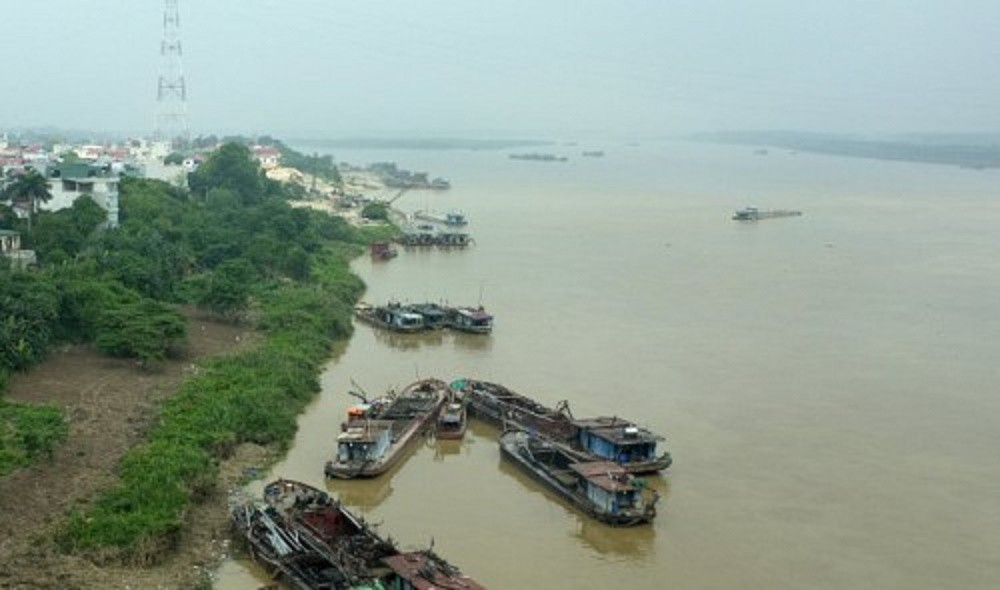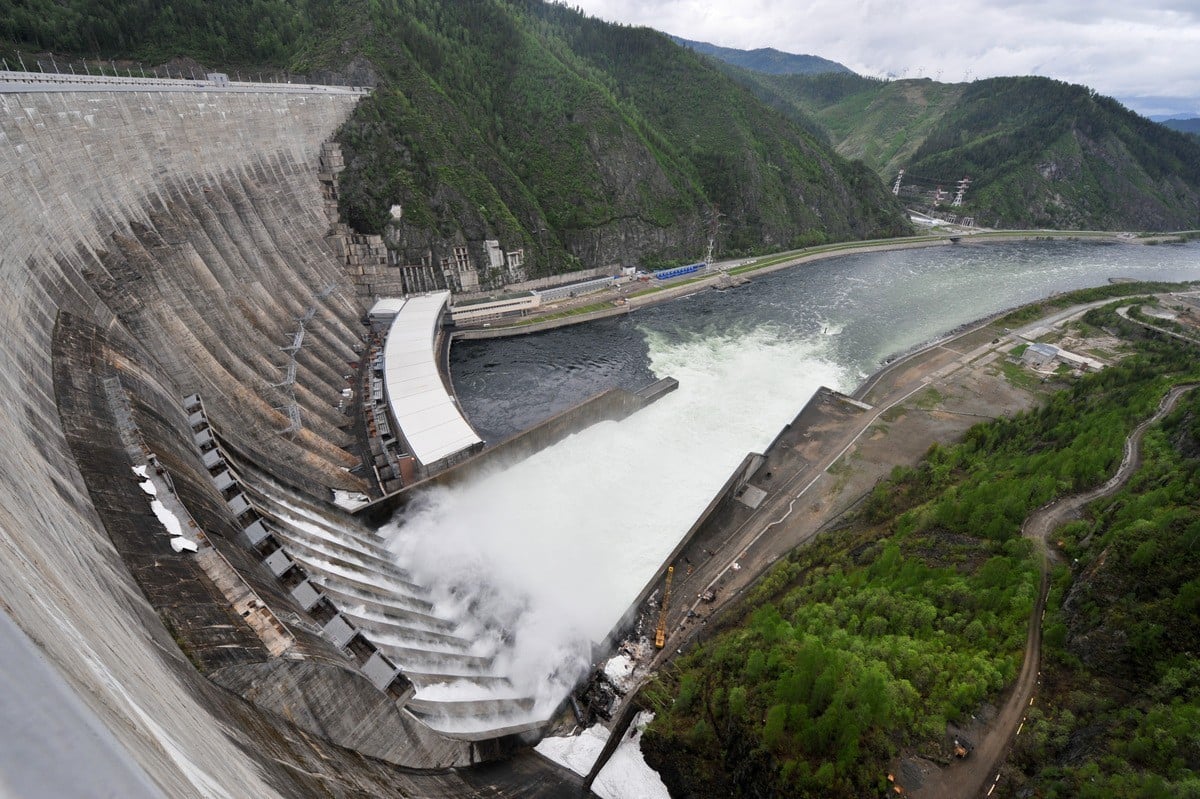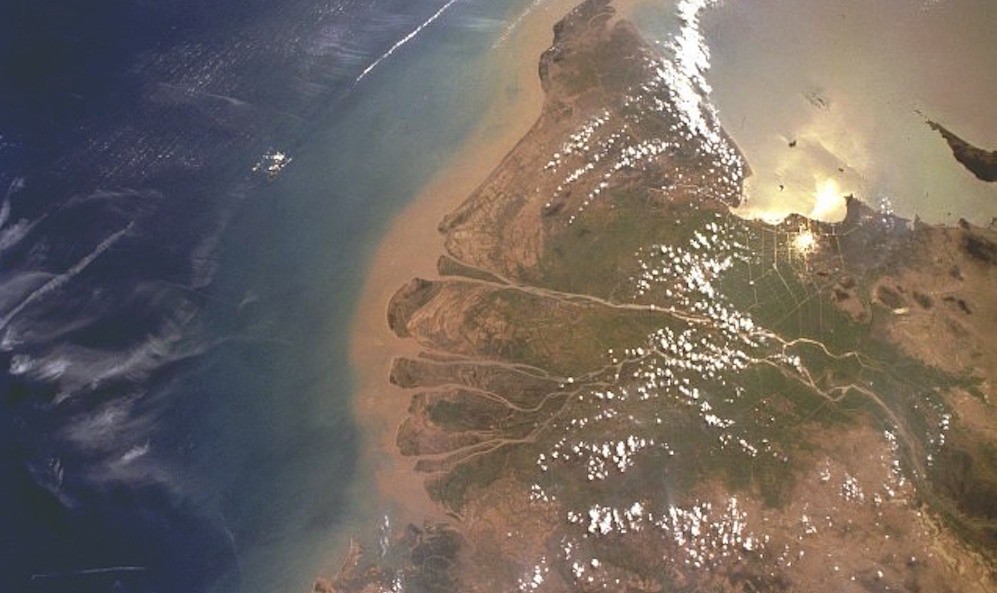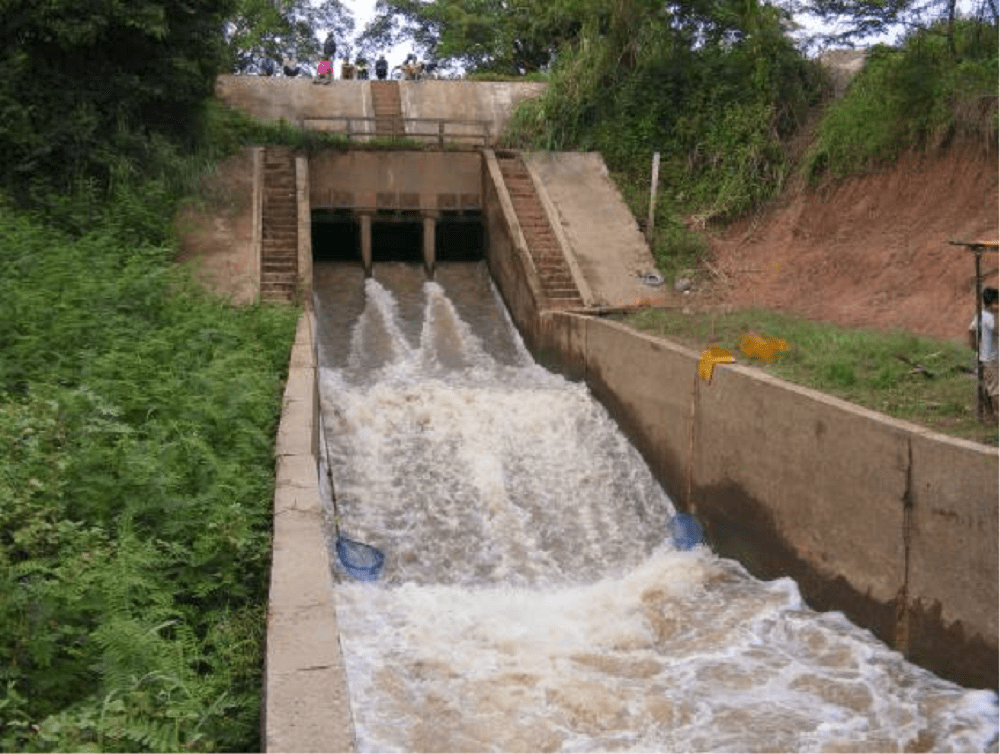For the past ten years, Cambodia’s economy has been growing by an average of 7 percent and the government has set the sight to upgrade the country to the status of middle-income country in 2030 by promoting investments especially garment industry and service sector. And this has spurred the increasing need of electricity.
According to the Electricity Authority of Cambodia, Cambodia bought 40-50 percent of its energy need from neighbouring countries. The Southeast Asia Energy Outlookj 2015 report which was undertaken by the International Energy Agency predicted that energy need of the region would increase to three times of the current need in year 2040 and coal was designated by IEA as the main source of fuel for electricity generating.


